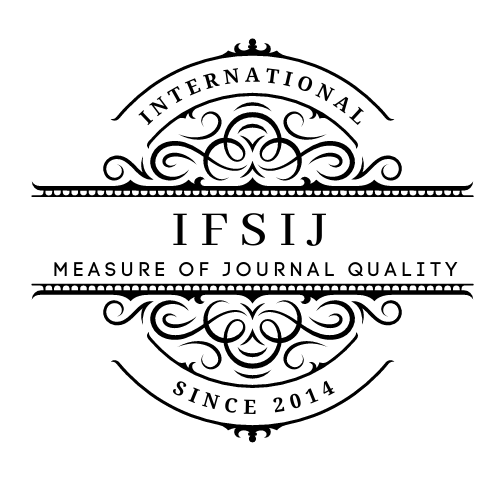BIOECOLOGY OF THE DEVELOPMENT OF CULTURAL POWDERY MILDEWS MEDICINAL PLANTS OF THE FERGHANA VALLEY
Keywords:
powdery mildew, pathogen, Erysiphe, Sphaerotheca, conidia, bioecology, moisture, temperature, cultivation, development.Abstract
The article discusses the bioecological aspects of the development of mealy-mildew fungi of medicinal plants, i.e. the influence of temperature and humidity on the germination of powdery mildew conidia, as well as the specialization of some forms of the genera Erysiphe and Sphaerotheca affecting cultivated medicinal plants. In laboratory conditions, powdery mildew conidia were germinated on the surface of a water droplet. The results of our research (table 2.) show that freshly harvested conidia of the fungus Erysiphe cichoracearum DC. f. valerianae Jacz. actively germinate and the percentage of germinated conidia is 78.4%. After 8-10 hours the number of germinated conidia was 67.4%, after 16-24 hours - 54.7%, then it decreases markedly. Regarding the dependence of spore germination, it was shown that conidia do not germinate at an air temperature of + 10C. The beginning of germination of conidia is observed at an air temperature of 50C. As the air temperature rises, the number of germinated conidia increases and reaches its maximum at a temperature of 250C. Further, as the temperature rises, the number of germinated conidia decreases, and at a temperature of 40 ° C they do not germinate.
Downloads
Published
How to Cite
Issue
Section
License

This work is licensed under a Creative Commons Attribution-NonCommercial-NoDerivatives 4.0 International License.















